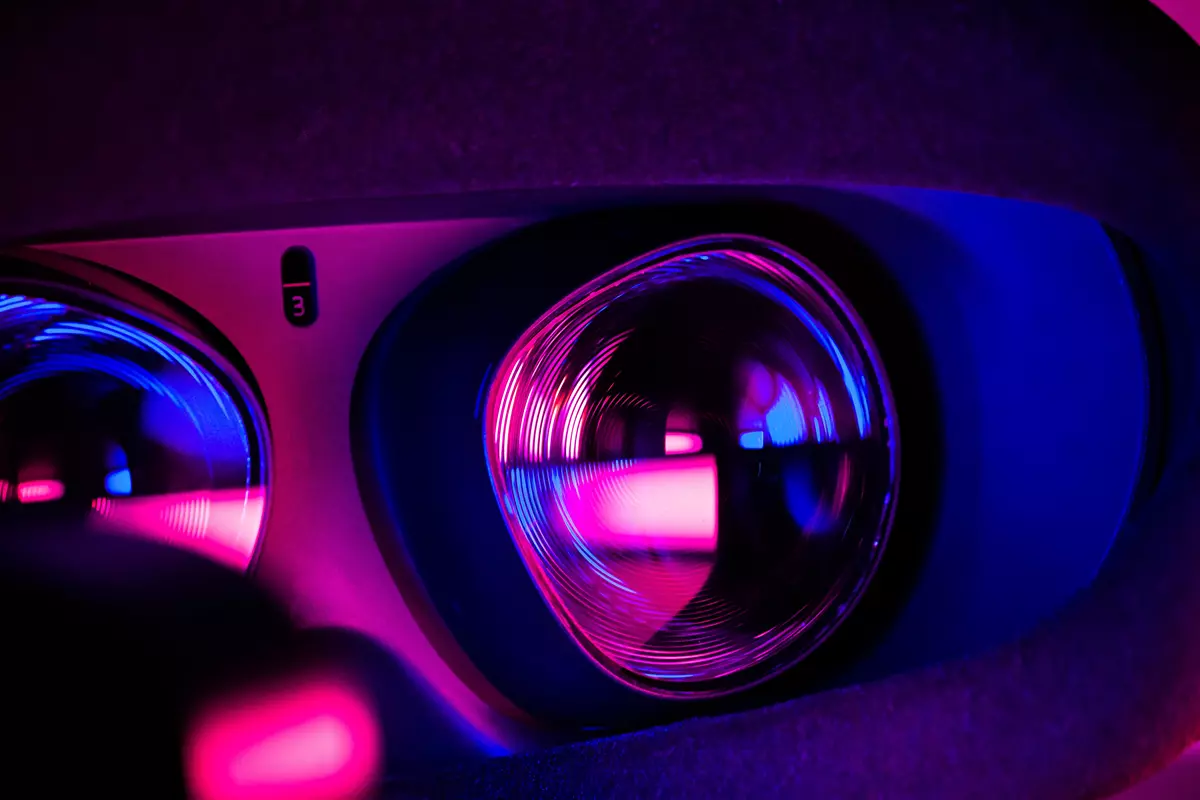The metaverse is no longer a concept confined to science fiction. It’s a rapidly emerging digital realm, redefining how we interact, work, play, and even create. Combining elements of virtual reality (VR), augmented reality (AR), blockchain, and more, the metaverse presents a landscape that promises vast potential for innovation and connectivity.
Understanding the Metaverse
In its essence, the metaverse is a collective virtual space where users immerse themselves in various digital experiences, interactions, and activities. Unlike the internet we currently know, the metaverse is more immersive, interactive, and often three-dimensional. Its evolution has been driven by advancements in technology, particularly in VR and AR.
Components Fueling the Metaverse
Virtual Reality (VR) and Augmented Reality (AR)
VR and AR technologies form the backbone of the metaverse. VR creates entirely immersive experiences, while AR overlays digital content onto the real world. These technologies enable users to step into virtual environments and interact with them in real-time.
Blockchain and NFTs in the Metaverse
Blockchain’s role in the metaverse extends beyond cryptocurrencies. It provides a decentralized framework for ownership and transactions within these virtual spaces. Non-fungible tokens (NFTs) are revolutionizing digital ownership, allowing unique assets like virtual real estate or digital art to be owned and traded securely.
Applications Across Industries
1. Gaming and Entertainment
The gaming industry has been a frontrunner in adopting metaverse concepts. Games now offer immersive experiences where users can explore expansive virtual worlds, socialize, and trade digital assets.
2. Business and Collaboration
The metaverse presents new avenues for remote work and collaboration. Virtual meetings and workspaces offer realistic interactions, fostering seamless collaboration among teams spread across the globe.
3. Education and Training
In the educational sphere, the metaverse introduces innovative ways of learning. Virtual classrooms, simulations, and interactive experiences enhance learning outcomes and engagement.
Overcoming Challenges and Unveiling Opportunities
While the metaverse holds immense promise, challenges persist. Privacy, security, and equitable access remain significant concerns. However, the economic potential is vast, with opportunities for businesses to innovate and create new revenue streams.
Building Metaverse Solutions
Developing metaverse solutions involves a blend of technological expertise and creative vision. Building immersive digital environments requires expertise in VR/AR, blockchain development, and user experience design.
Impact Across Industries
1. Real Estate and Property
The metaverse redefines property ownership by introducing virtual real estate, creating new investment avenues and immersive property experiences.
2. Healthcare and Telemedicine
In healthcare, the metaverse facilitates remote consultations, training simulations, and even virtual therapy sessions, enhancing access and quality of care.
3. Retail and E-commerce
E-commerce experiences within the metaverse allow consumers to virtually try products before purchase, revolutionizing the traditional shopping experience.
The Future of the Metaverse
Looking ahead, the metaverse will continue to evolve. Integration with AI and IoT will enhance immersion, while societal changes will redefine how we perceive digital and physical realities.
Conclusion
The metaverse stands at the forefront of a digital revolution, transforming the way we engage, create, and experience the online world. While challenges exist, the opportunities for innovation and connectivity are immense, reshaping industries and human interactions.
